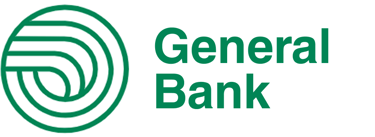

A questionnaire designed to measure risk tolerance and strengthen financial literacy.
Category:
Add a feature
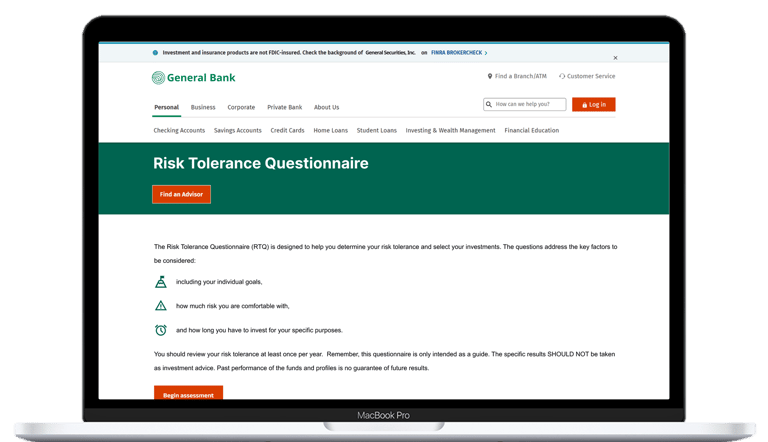

Role: UX/UI designer
Tool: Figma
Context: Conceptual case study
Duration: 60 hours
Overview
This case study highlights how a private sector financial institution can help strengthen financial literacy. The approach focuses on building a robust educational program, beginning with a risk tolerance questionnaire.
Background
Project summary
Problem


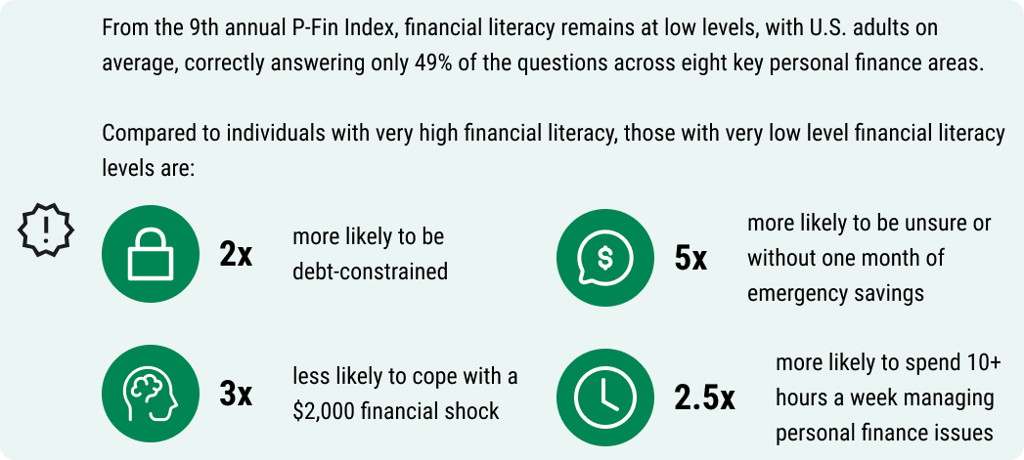

Source: 2025 Personal Finance Index, The Current State of Financial Literacy in America, 2025
Research

Hypothesis
Summary
From a private sector standpoint, a financial services firm can lead a financial literacy initiative that addresses critical needs and achieves measurable impact. Here's how:
Competitive analysis
The risk tolerance questionnaire (RTQ) is a well-established tool in financial planning that measures comfort with risk. By revealing how individuals approach investing and money management, it helps guide better decision-making and outcomes. RTQs are typically available in three ways:
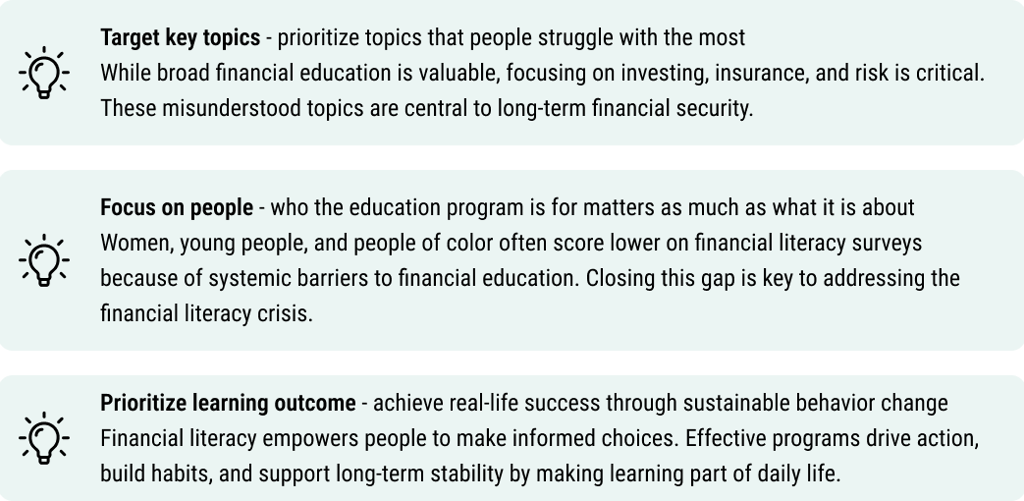



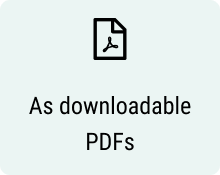


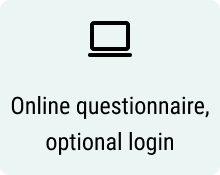
User interviews
Generative interviews were used to validate the hypothesis, uncover new opportunities and ideas. Participants included individuals with varying levels of investing experience, either managing their own investments or working with a financial advisor (FA). These interviews focused on three key areas:
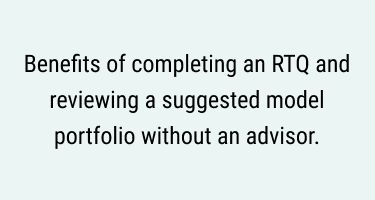

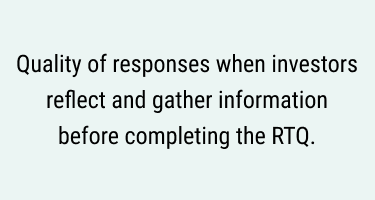

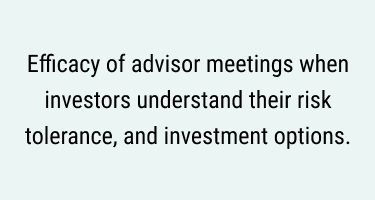

Findings


Discoveries
Problem statements
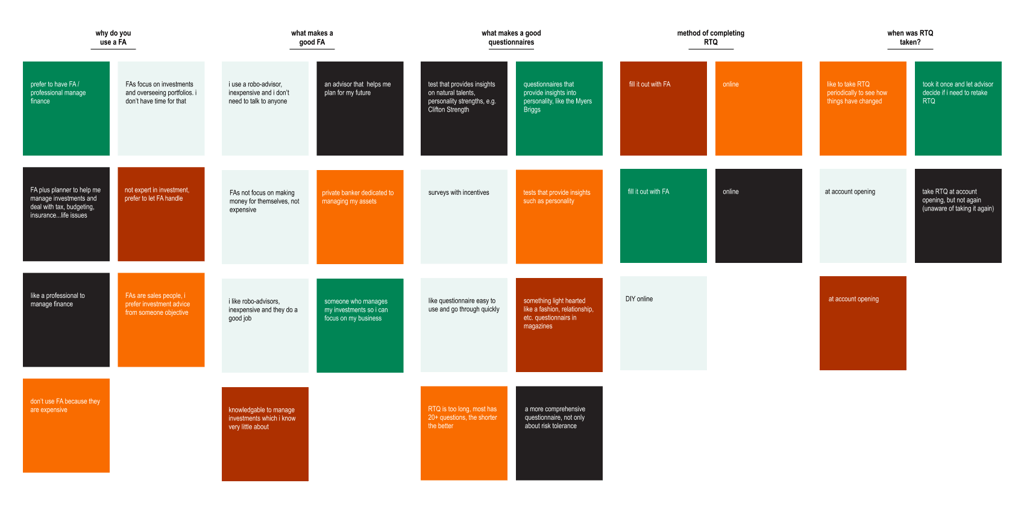

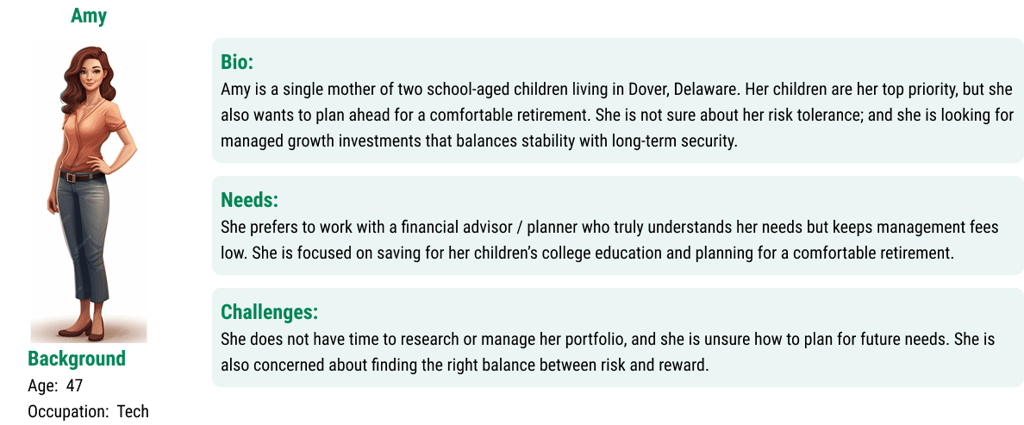


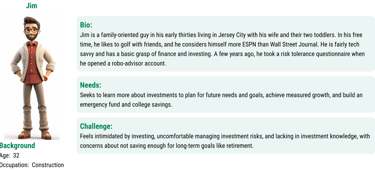
User personas
Affinity mapping
Synthesizing research is a crucial step in the design process that transforms raw data into actionable insights. It involves organizing, interpreting, and deriving meaning from user study data to uncover patterns and inform design decisions. This section highlights how research findings were translated into meaningful insights.


User and business goals
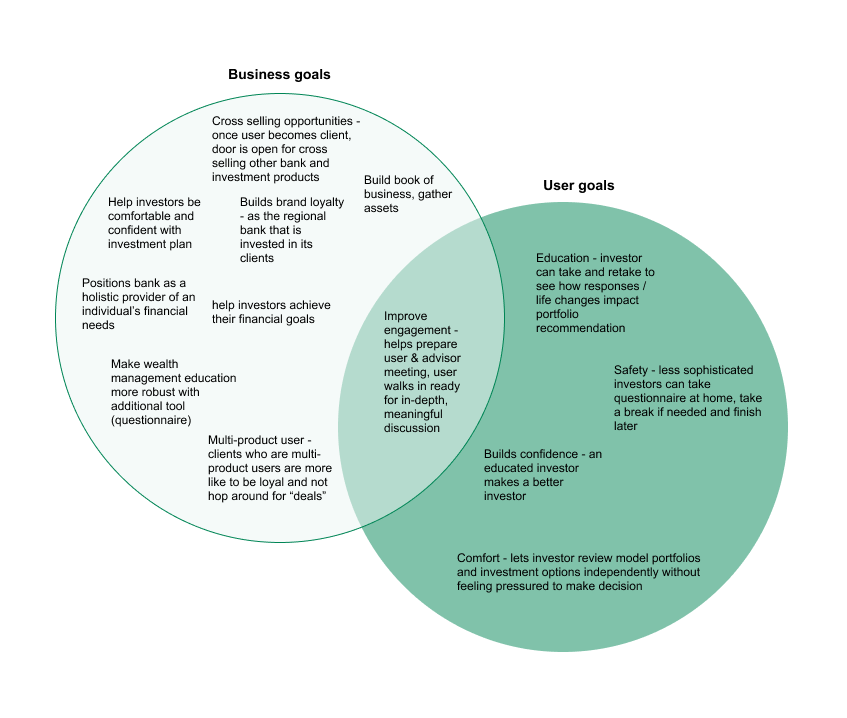

Feature prioritization
Must have features:

Information architecture
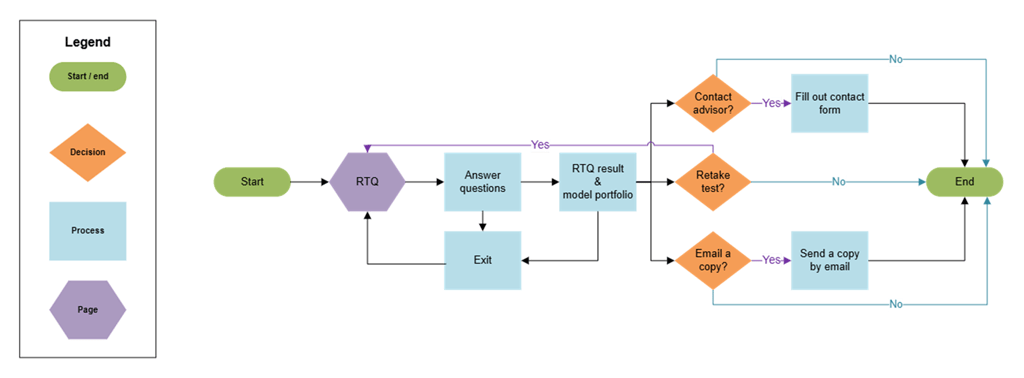

User flow
Multiple user flows were tested and refined to deliver a seamless journey that addresses potential challenges. The aim is for users to quickly find the RTQ, answer the questions confidently, receive a risk assessment and a portfolio recommendation.
Sketches
One of a designer's strength is the ability translate ideas from conversations into clear visual concepts. This accelerates alignment across the team and paves the way for a smooth transition into high-fidelity design.


A process focused on continuous improvement through iterative cycles of prototyping, testing, and refining based on user feedback. Input was collected on both low-fidelity sketches and high-fidelity wireframes to ensure each iteration reflected user needs and insights.
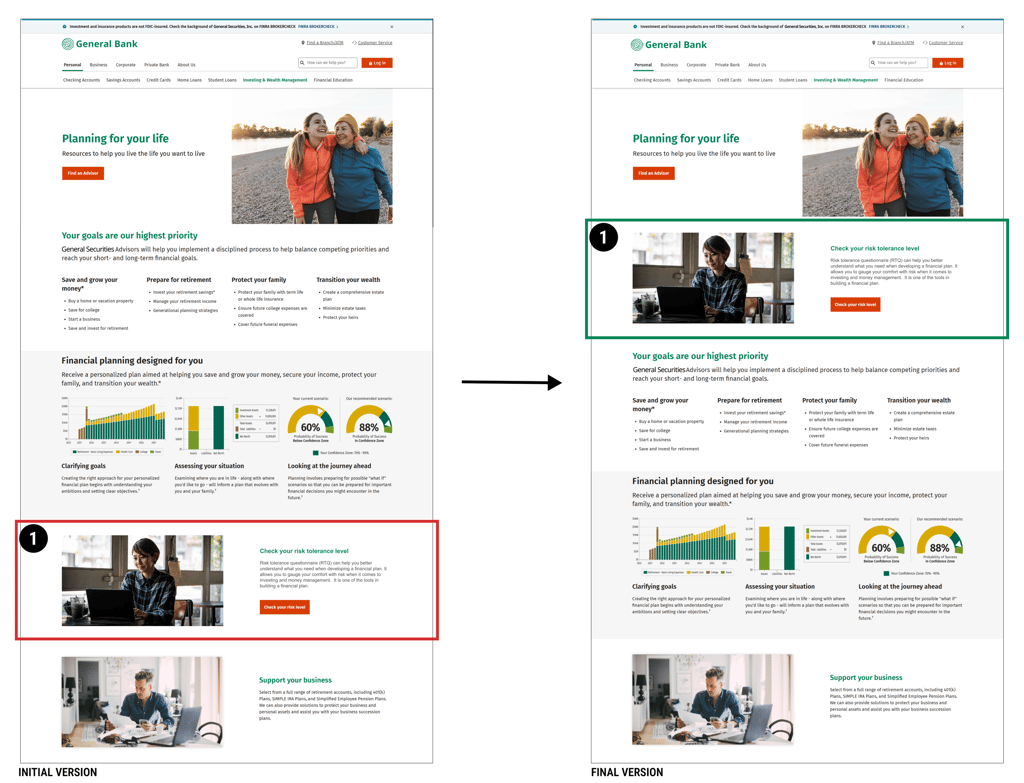


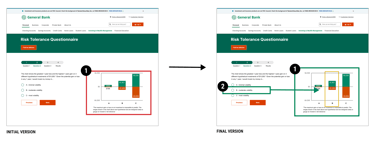
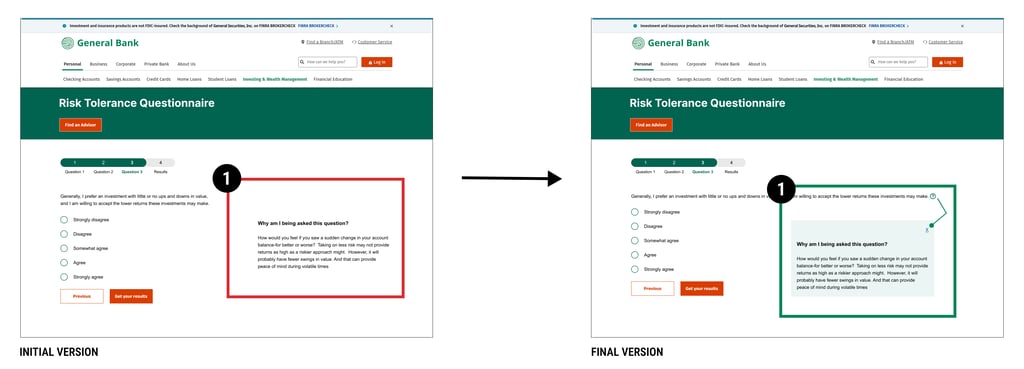

Challenge #1: optimal placement of RTQ on Wealth Management home screen
While working within the existing Wealth Management landing page, our goal was to seamlessly integrate the RTQ while ensuring it remains highly visible. The page contains a lot of information, and we wanted to make sure the RTQ stands out.
Challenge #2: making complex content more digestible
Redesigned chart-based question to be more approachable for users with limited financial knowledge by simplifying language and clarifying answer options to reduce confusion and improve usability.
Challenge #3: sometimes the question needs some context
While the question may be clear on its own, answering it effectively could require additional context. Including a “Why am I being asked this question?” explanation offers helpful background for users who need it.
Design & iterations



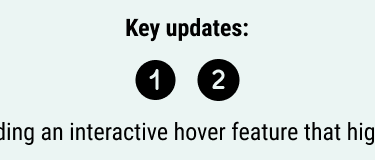


Final design
Bringing the design to life: the final prototype
The interactive prototype brings the UX design process to life, showcasing the journey from spotting the RTQ banner to completing the questionnaire and receiving a risk assessment with an asset-class-level portfolio recommendation.

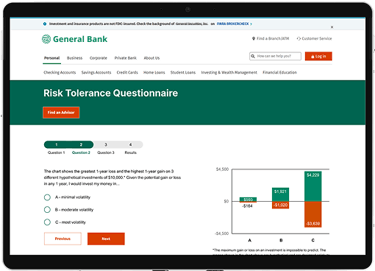
Final thoughts
General Bank, a private financial services firm, can help close the financial literacy gap by expanding its educational tools, beginning with an RTQ. Although typically used in advisor meetings to support financial planning, an RTQ can also function as a standalone educational resource. By focusing on investing and risk, it can be promoted to underserved communities and help individuals make more informed financial decisions in everyday life.
Product design plays a key role in a successful launch, but it must be supported by several other critical activities. Ongoing refinement ensures content stays relevant, strong marketing and promotion drive awareness and engagement, and a clear follow-up plan helps convert interest into action.
To truly address the financial literacy crisis, General Bank must take an outcome-driven approach by expanding educational content that targets essential topics, reaches those with the greatest need, and encourages lasting behavioral change.
